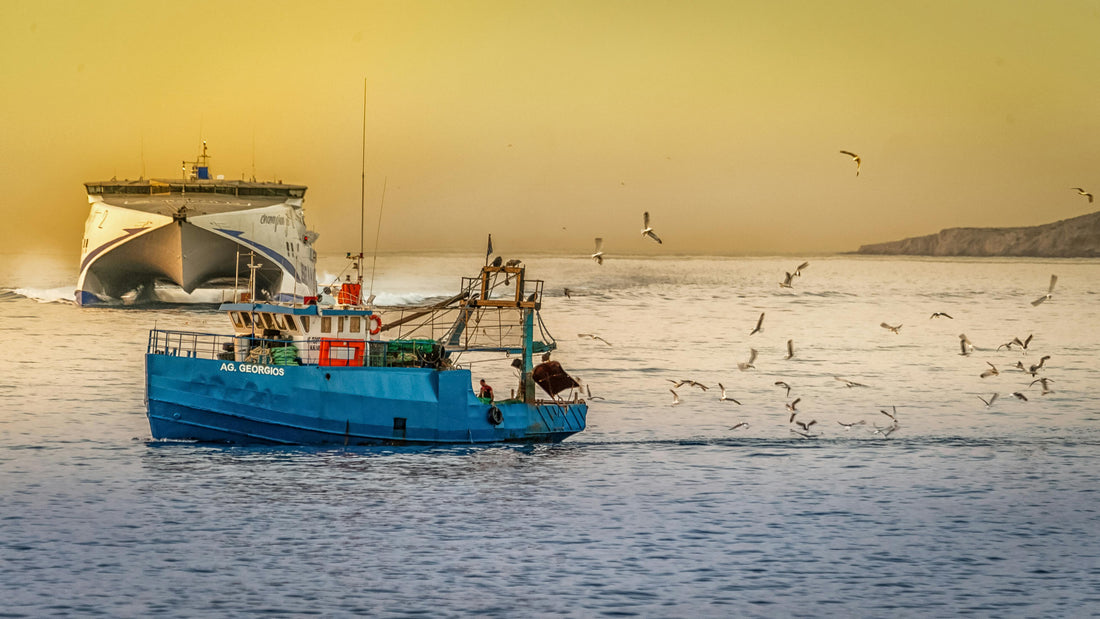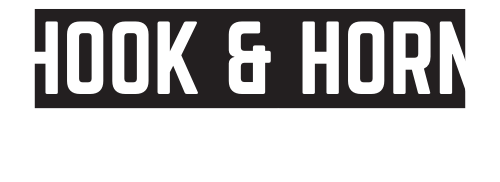
Mastering Fishing Trolling: Techniques, Gear, and Tips
Share
Fishing trolling is a dynamic and rewarding technique used by anglers to target a wide range of fish species in both freshwater and saltwater environments. Whether you’re chasing trophy gamefish or enjoying a relaxing day on the water with friends, mastering the art of trolling can significantly increase your chances of success. In this guide, we’ll explore the essentials of fishing trolling, including techniques, gear, and valuable tips to help you become a more effective troller.
**Understanding Fishing Trolling**
Trolling involves trailing fishing lines behind a moving boat to lure and catch fish. Anglers vary the speed of the boat, depth of the bait or lures, and lure presentation to entice fish at different levels of the water column. This method allows anglers to cover a large area and target various species that may be dispersed throughout the water.
**Essential Gear for Trolling**
1. **Trolling Rods and Reels:** Choose sturdy trolling rods and reels designed for the targeted fish species and trolling conditions. Trolling rods are typically longer and more flexible to absorb the shock of strikes.
2. **Downriggers or Planer Boards:** Downriggers are used to control the depth of your bait or lures by lowering them to specific depths in the water column. Planer boards are helpful for spreading lines out to cover a wider area horizontally, especially in shallower waters.
3. **Trolling Lines and Leaders:** Use quality monofilament, fluorocarbon, or braided lines with appropriate breaking strength for the targeted fish. Leaders are often necessary to prevent fish from seeing the main line and to withstand abrasion from toothy predators.
4. **Trolling Lures and Baits:** Select lures and baits based on the species you’re targeting and the water conditions. Options include diving plugs, spoons, squid skirts, soft plastic baits, and live or rigged baits.
5. **GPS and Fishfinders:** Use marine electronics such as GPS units and fishfinders to locate productive fishing areas, track trolling speeds, and identify underwater structures or fish schools.
**Techniques for Successful Trolling**
1. **Adjust Speed and Depth:** Experiment with trolling speeds to match the preferred swimming speeds of target species. Vary the depth of your baits or lures using downriggers, diving devices, or weighted lines to reach fish at different levels.
2. **Use Attractive Lure Patterns:** Incorporate a mix of colors, sizes, and lure actions in your spread to mimic natural prey and attract fish. Consider adding attractants or scents to enhance lure effectiveness.
3. **Pay Attention to Water Temperature and Conditions:** Fish often relate to specific temperature ranges and water conditions. Monitor water temperature gradients and use temperature-sensitive lures or target thermoclines where fish are more likely to be active.
4. **Troll Along Structure and Contours:** Target areas with underwater structures such as drop-offs, reefs, weed beds, and contour changes. These areas attract baitfish and predatory fish seeking cover and ambush points.
5. **Stay Flexible and Adapt:** Be prepared to adjust trolling speeds, lure depths, and lure selections based on fish behavior, feedback from fishfinders, and changing environmental conditions such as weather and water clarity.
**Valuable Trolling Tips**
1. **Preparation is Key:** Check and organize your trolling gear before each trip, including inspecting lines, checking knots, and ensuring reels are properly spooled.
2. **Monitor Rods Closely:** Pay attention to rod tips for strikes or changes in lure action. Use rod holders designed for trolling to secure rods and maintain control during strikes.
3. **Follow Local Regulations:** Familiarize yourself with fishing regulations, including size limits, bag limits, and protected species. Practice ethical fishing practices such as catch and release when appropriate.
4. **Learn from Experience:** Keep a fishing journal to record successful trolling techniques, locations, and observations. Learn from each trip and apply lessons to improve future trolling outings.
5. **Safety First:** Prioritize safety on the water by wearing appropriate life jackets, using navigational aids, and staying informed about weather forecasts and water conditions.
By honing your trolling skills, experimenting with different techniques and gear setups, and staying adaptable on the water, you’ll increase your chances of hooking into prized fish and enjoying memorable fishing experiences. Happy trolling!
